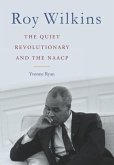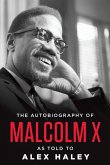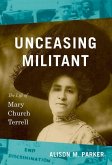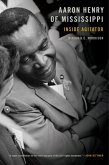During the turbulent 1960s, civil rights leader Whitney M. Young Jr. devised a new and effective strategy for achieving equality for African Americans. Young blended interracial mediation with direct protest, demonstrating that these methods pursued together were the best tactics for achieving social, economic, and political change. Alone among his civil rights colleagues - Martin Luther King Jr., Roy Wilkins, James Farmer, John Lewis, and James Forman - Young built support for integration from both black and white constituencies. As a National Urban League official in the Midwest and as dean of the School of Social Work at Atlanta University during the 1940s and 1950s, Young developed a strategy of mediation and put it to work on a national level upon becoming the executive director of the League in 1961. In this position, Young forcefully alerted elite whites to the urgency of the black struggle for equality and encouraged them to spend federal, corporate, and foundation funds to improve the lives of black residents in the nation's inner cities. Dickerson traces Young's swift rise to national prominence as a leader who could bridge the concerns of deprived blacks and powerful whites and mobilize the resources of white America to battle the poverty and discrimination at the core of racial inequality.
Hinweis: Dieser Artikel kann nur an eine deutsche Lieferadresse ausgeliefert werden.
Hinweis: Dieser Artikel kann nur an eine deutsche Lieferadresse ausgeliefert werden.








